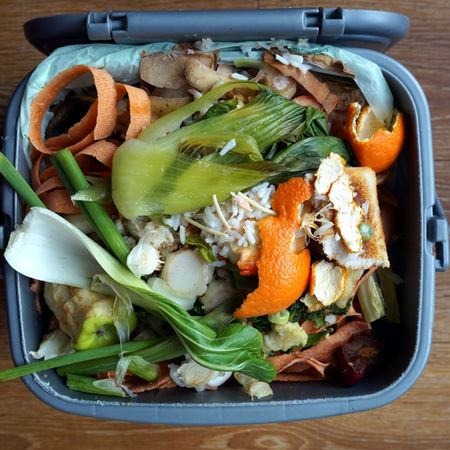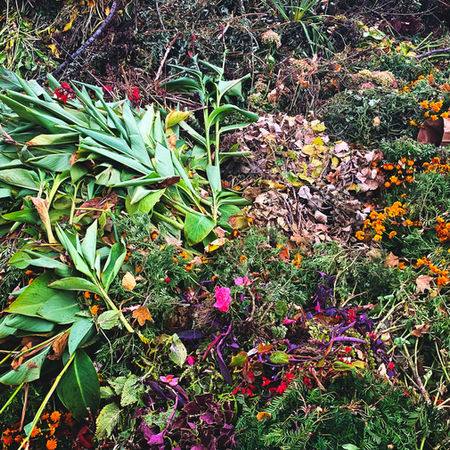
Circular Economy Projects
Circular economy thinking challenges the traditional "take-make-waste" model by transforming waste into valuable resources. Just as in nature, where nothing is wasted and every output feeds into another system, we can redesign our economy to function more sustainably. One man’s trash can truly become another man’s treasure—food waste becomes compost, packaging turns into new materials, and discarded items are repurposed. By shifting away from a consumption mindset and embracing circularity, we can reduce waste, conserve resources, and create a regenerative system that benefits both people and the planet. It's time to live in harmony with nature’s blueprint.
Circular Economy Definition
A circular economy is an economic system aimed at minimizing waste and making the most of resources. It represents a shift from the traditional linear economy, which follows a 'take, make, dispose' model, to a more regenerative approach that emphasizes sustainability and resource efficiency. In a circular economy, products, materials, and resources are kept in use for as long as possible through practices such as reuse, repair, refurbishment, and recycling.
Key Principles of Circular Economy
Design for Longevity: Products are designed to last longer and be easily repaired or upgraded.
Resource Recovery: Materials are recovered and reused at the end of their life cycle instead of being discarded.
Closed-Loop Systems: Waste is minimized, and the end-of-life products are reintegrated into the production process.
Business Model Innovation: New business models, such as product-as-a-service, are developed to reduce consumption and promote sharing.
The circular economy aims to create a more sustainable and resilient economy that benefits businesses, society, and the environment.
Project Gallery








